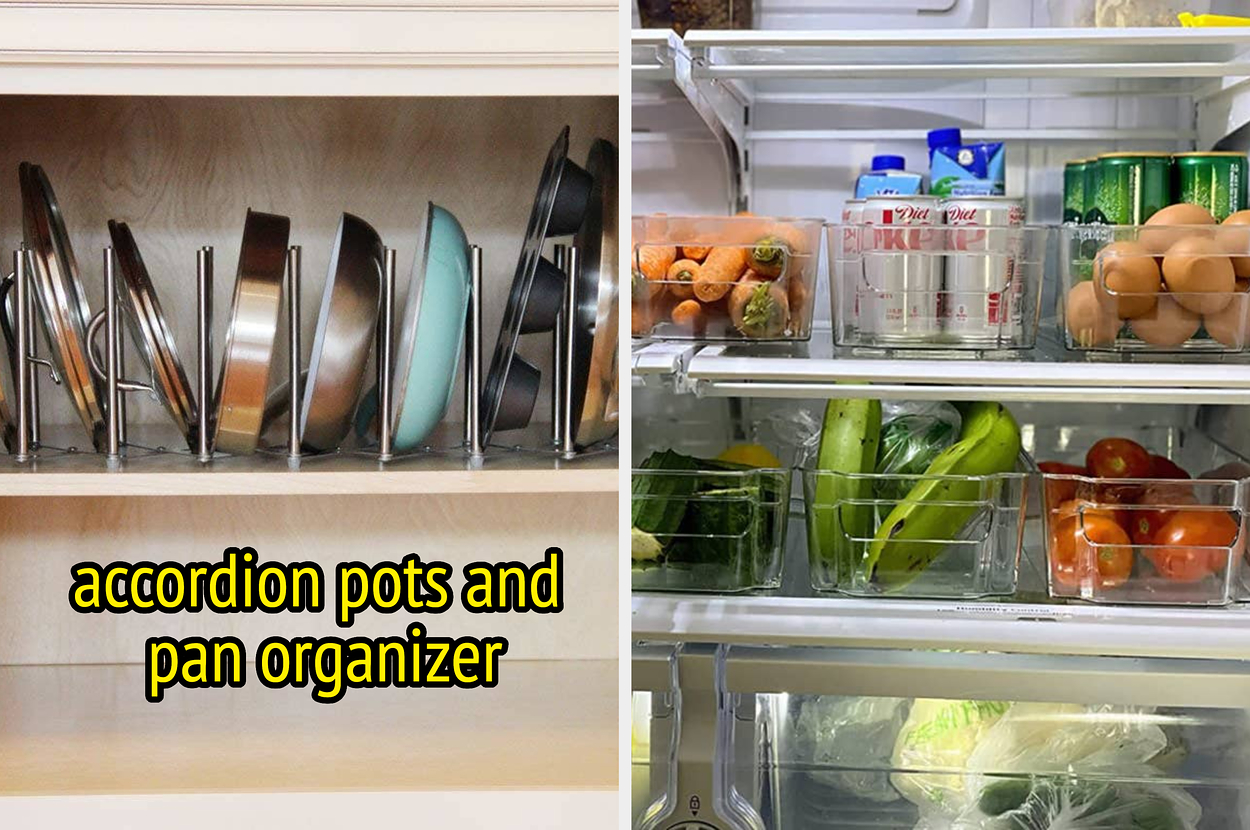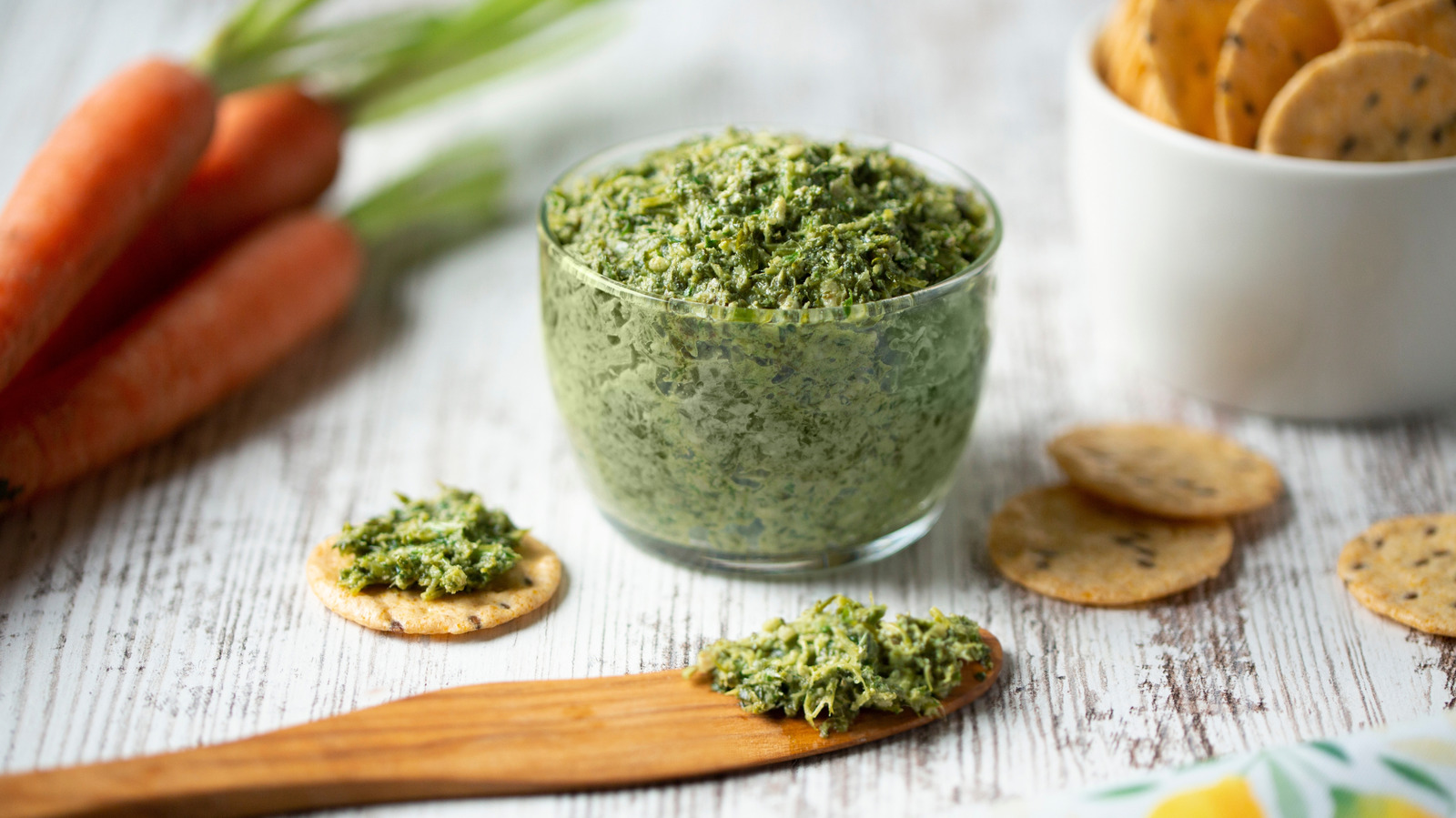
Let’s say you’re cooking dinner for your significant other. Wine is poured, candles are lit, music is playing, it’s all going well. The recipe calls for some gentle heat from a few slices of jalapeño, which you discover you do not have.
That’s ok , you think to yourself, and instead substitute in a Carolina Reaper, among the hottest peppers known to man.How would you imagine that dinner’s going to go? Whether your date “likes spicy food” or not, what I can say for sure is that your substitution is going to yield a different kind of dish, and you are about to have a different kind of evening. This is essentially what’s happening with the Absinthe Colada.

A Piña Colada is a kind and gentle experience, calling for a smooth aged rum to evoke the sensation of soft waves lapping at sandy shores. To substitute it out with the volcanic intensity of absinthe is like expecting a kiss and getting a headbutt, but this was, nonetheless, the foundation of an idea that became one of the most famous cocktails from one of the best bars in the world. When Maxwell Britten joined the team in late 2010 to be the opening bar manager of Brooklyn’s Maison Premiere, he brought with him a love of Piña Coladas, and why not? The Piña Colada is perhaps the ultimate tropical cocktail, in equal measures creamy, refreshing, decadent and delicious.
Maison Premiere, however, was going to be an oyster- and absinthe-bar, and they wear vests and ties, not Hawaiian shirts. Undeterred, he workshopped a house version of the famous tropical drink with a coworker Natasha David, and landed on the Absinthe Colada, a “conceptually improbable feat” as recounted their cocktail book, the Maison Premiere Almanac , but one that has ensnared the cocktail world’s imagination all the same. The Absinthe Colada, like Piña Colada, begins with coconut cream and pineapple juices, balanced with a little citrus.
It also calls for a spot of rum, but while the classic Piña Colada calls for white Puerto Rican rum (which is traditional) or an aged Demerara Rum (which is better), the Absinthe Colada uses rhum agricole , the grassy, funky, cane juice spirit distilled on the French islands of Martinique or Guadeloupe. This alone is a strong choice—agricole rhum tastes like grass and olives and earth instead of the sweet soft tropicality of classic rum—and if this were all, the resulting cocktail would still be a bold departure from the classic. But obviously the duo pushed the cocktail even further, recruiting not a dash or a rinse but a full ounce of absinthe, and just for good measure, a spike of creme de menthe.
These, too, are not subtle differences. While the Watermelon Piña Colada tastes like the classic with a fruity accent mark, the Absinthe Colada is a wholly distinct experience. The licorice-based herbaceousness from the absinthe meets you up front, defining the experience, and then the palate is a rollercoaster ride of flavors, each showing up and dominating for a moment before fading back into the whole—first the herbs, then creme de menthe, then tart lime, creamy coconut, tropical pineapple, and at the end, mint and absinthe lingering together for a long, tingly finish.
It’s an unusually dynamic cocktail, and it only takes a single sip to understand its status as a full-fledged neo-classic. Could you substitute it in for a Piña Colada? I suppose, but if you do, you’ll be having a different kind of evening. Absinthe Colada Recipe adapted from Maison Premiere Almanac Add all ingredients to a cocktail shaker with crushed ice.
Shake for five seconds to briefly chill and mix flavors, then pour ice and liquid into a tall glass. Top with more crushed ice, and garnish with a bouquet of mint. NOTES ON INGREDIENTS Absinthe: Absinthe is an anise- and fennel botanical spirit that is almost invariably high proof, between 53 and 80 percent alcohol, and comes in both green (verte) and clear (blanche) varieties.
What absinthe you choose to use will have big ramifications for the final flavor, but in my tests, no one bottling stood head and shoulders above the others. Indeed at Maison Premiere, they started with Germain Robin Absinthe, a blanche at the uncommonly low 45 percent, but because of availability switched to Mansinthe, a verte at 66.6 percent.
Both are great. Use what you have. R(h)um: Absinthe likes grassy, earthy flavors like maraschino liqueur (as in the Improved Whiskey Cocktail or the Tuxedo No.
2 ) or, in this case, rhum agricole. Anything from Martinique or Guadeloupe, or really anything spelled “rhum” (the French way) will work. Additionally, Copali, from Belize, is made similarly and will workwill work.
Cachaça, from Brazil will work. And even if you have none of these things but you have regular rum and everything else, I’d still make the drink. Rhum agricole works better, but to me, it’s not vital the way that creme de menthe is.
Creme de Menthe: Vital. Without it, the Absinthe Colada is good but disjointed. A half teaspoon is all you need to radically change the character of the drink and help define its character, reinforcing the herbs in the absinthe and bringing the whole thing together.
Standout brands are the Tempus Fugit or Giffard’s Menthe Pastille, but for such a small amount, anything will work, green or white. Lemon: Also acceptable: Lime. Coconut Syrup: Maison Premire’s coconut syrup is three parts coconut syrup (such as Giffard) to one part coconut milk, and stirred over heat until mixed.
This works, but just as good and cheaper, to me, is my go-to, which is essentially the same recipe but with the inexpensive cans of Coco Lopez substituted for purchased coconut syrup. Crushed Ice: As with the classic Piña Colada, crushed ice is a huge benefit, keeping it cold and amply diluted. Your home freezer’s ice slivers also work, especially if you shake it good and hard, but it’s just less elegant.
Don’t use a big cube. This is different than the Piña Colada, but it’s not that different. Garnish: Classic garnish is mint, the more the better.
Take the mint crowns, those top parts of the plant that are the most photogenic, and strip them of all but the the top 2 or 3 set of leaves. Take two of those crowns, twist the stems together, give the leaves a light clap in your hand to release the aromas, and gently work the stems into the ice so the mint is tight at the ice-level but expands into an aromatic bouquet above the drink..














